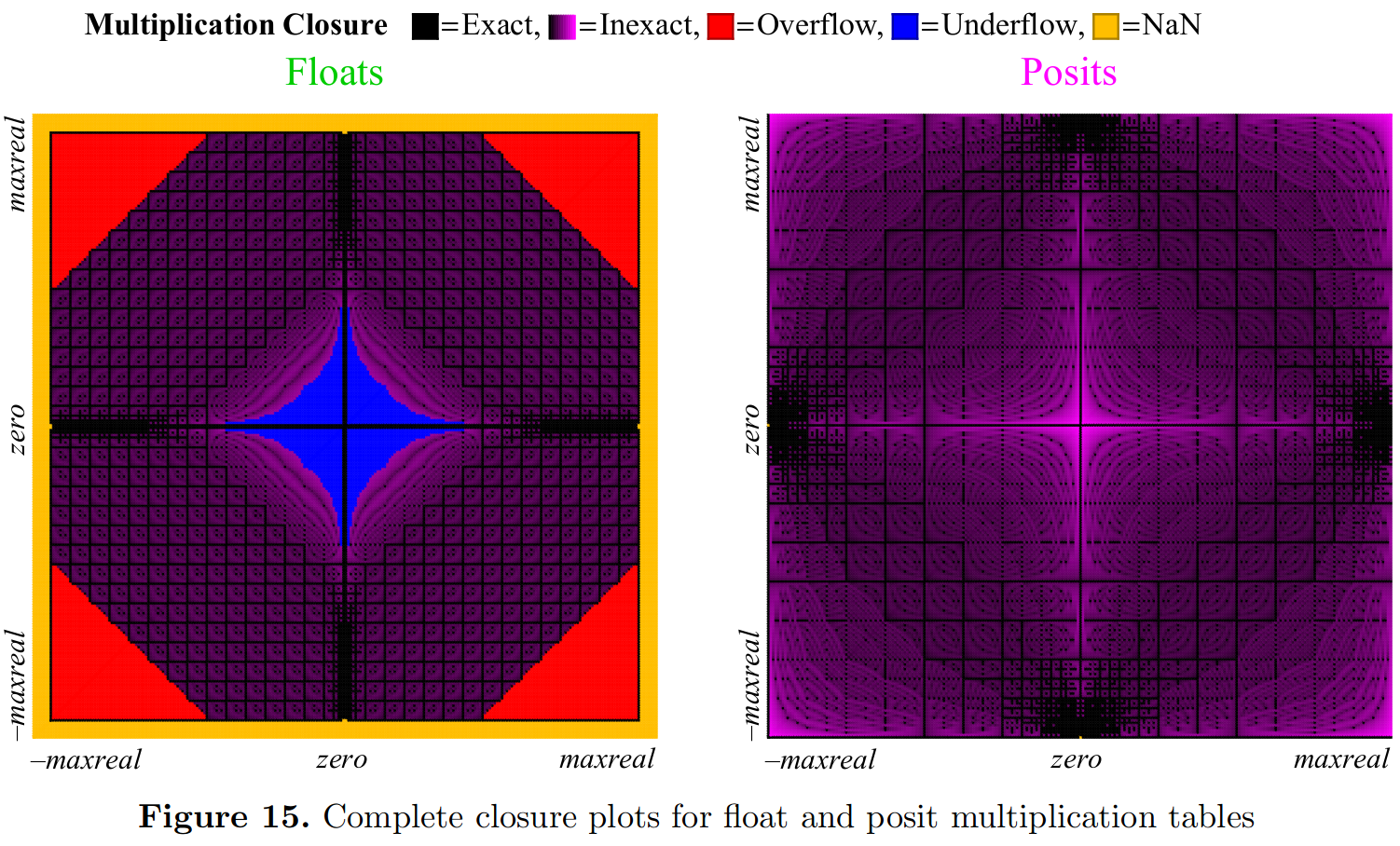-
-
Save shunghsiyu/a63e08e6231553d1abdece4aef29f70e to your computer and use it in GitHub Desktop.
When I look at
tnum_constfunction, thetnum.maskcomment should read "which bits are unknown".
@Werkov thanks for spotting the mistake! Now fixed.
It'd be interesting to implement
Tnum.popcount()(of the mask) and try provingsum.popcount() <= t1.popcount() + t2.popcount() + marginto see howtnum_addis efficient in conserving certainity.
Very interesting indeed, though I wonder if I should eliminate cases where it overflows, otherwise a Tnum(val=-1, mask=0) + Tnum(val=0, mask=1) == Tnum(val=0, mask=-1) worst-case might kill all the fun.
Another ideal would be to brute-force through all the combinations at a lower size (i.e. bandwidth), maybe 16-bit instead of 64-bit, then plot some thing like a closure plot (using the posits paper as an example here)
In Sound, Precise, and Fast Abstract Interpretation with Tristate Numbers, they used brute-forcing to compare the precision between their proposed multiplication algorithm and the original tnum_mul() in the Linux kernel.
(I hope that z3 prover doesn't use same tnums implementation internally ;-).)
I hope not :P
Another ideal would be to brute-force through all the combinations at a lower size (i.e. bandwidth), maybe 16-bit instead of 64-bit, then plot some thing like a closure plot (using the posits paper as an example here)
Scratch that... I cannot represent tnum on a single number line

When I look at
tnum_constfunction, thetnum.maskcomment should read "which bits are unknown".It'd be interesting to implement
Tnum.popcount()(of the mask) and try provingsum.popcount() <= t1.popcount() + t2.popcount() + marginto see howtnum_addis efficient in conserving certainity.(I hope that z3 prover doesn't use same tnums implementation internally ;-).)